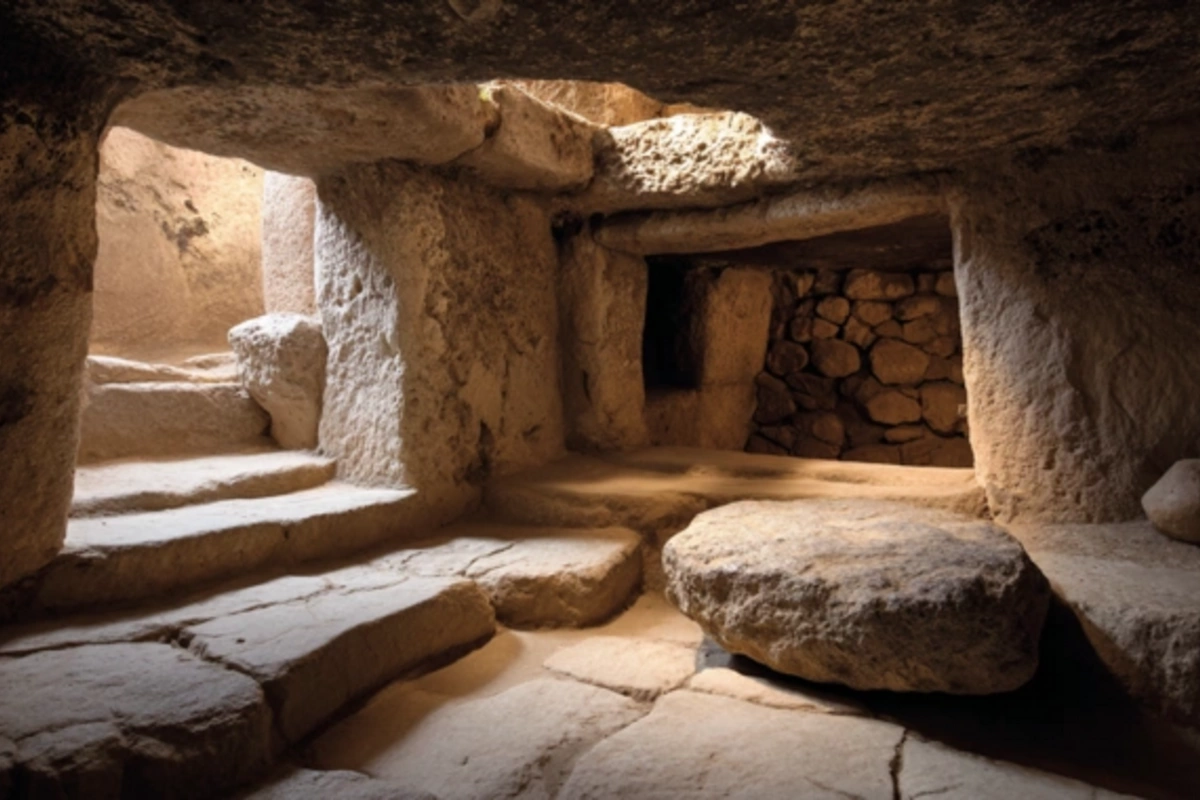25 Jul , 13:27
0

Sensational discovery: archaeologists revealed the oldest burial site over 100 thousand years old in Israel. In the Tinshemet cave, remains of five ancient humans were found, positioned in fetal pose, which may change our understanding of the spiritual life of our ancestors.
Large-scale archaeological work, begun in 2016, has yielded impressive results after nearly a decade of painstaking research. Scientists managed to discover two almost complete skeletons, three skulls, and numerous bone and tooth fragments. Of particular interest are items found near the remains that had no practical use: basalt stones, animal bones, and pieces of ochre – a natural pigment obtained through thermal processing of iron-containing rocks. These artifacts, according to researchers, indicate the performance of complex funeral rituals and the presence of spiritual beliefs among people of that era.
"In fact, this is the first evidence of such behavior," emphasizes Professor Yosi Zeidner, head of the excavation.
The findings in Tinshemet demonstrate an advanced behavioral system that goes beyond simple survival and food procurement. This is evidenced by the presence of more than 500 fragments of ochre, which was likely used for ritual decoration of bodies or objects. The remarkable preservation of the skeletons was ensured by ash from regularly lit fires and the unique geological features of the cave.
Professor of Anthropology Christian Tryon from the University of Connecticut notes that the discoveries in Tinshemet significantly complement earlier findings from the Skhul and Qafzeh caves in northern Israel. While scientists previously had difficulty with precise dating and determining the nature of those burials, it now becomes evident that this was a systematic burial practice.
The question of the species identity of the humans discovered in Tinshemet remains open. The territory of modern Israel at that time was at the intersection of migration routes from Europe and Africa, making this puzzle even more intriguing for researchers.